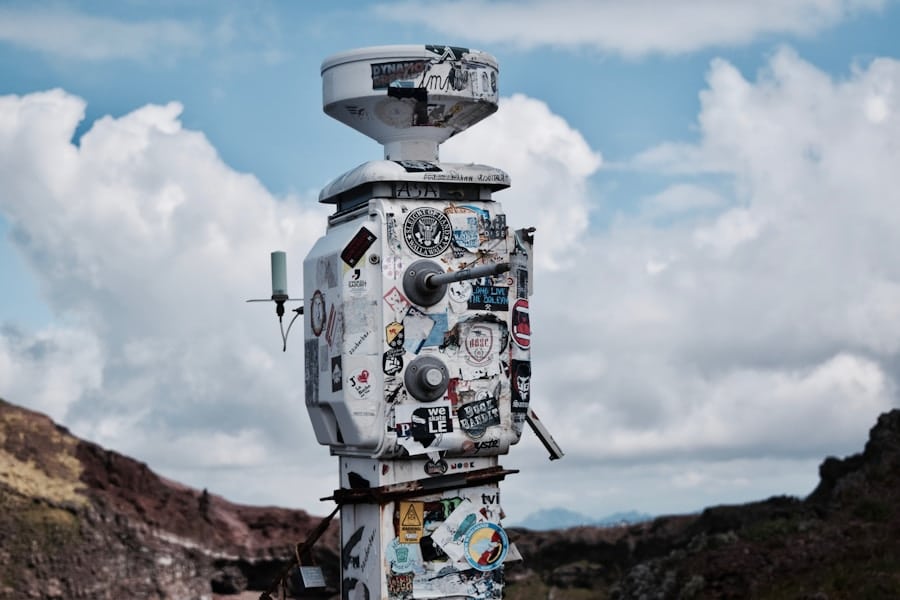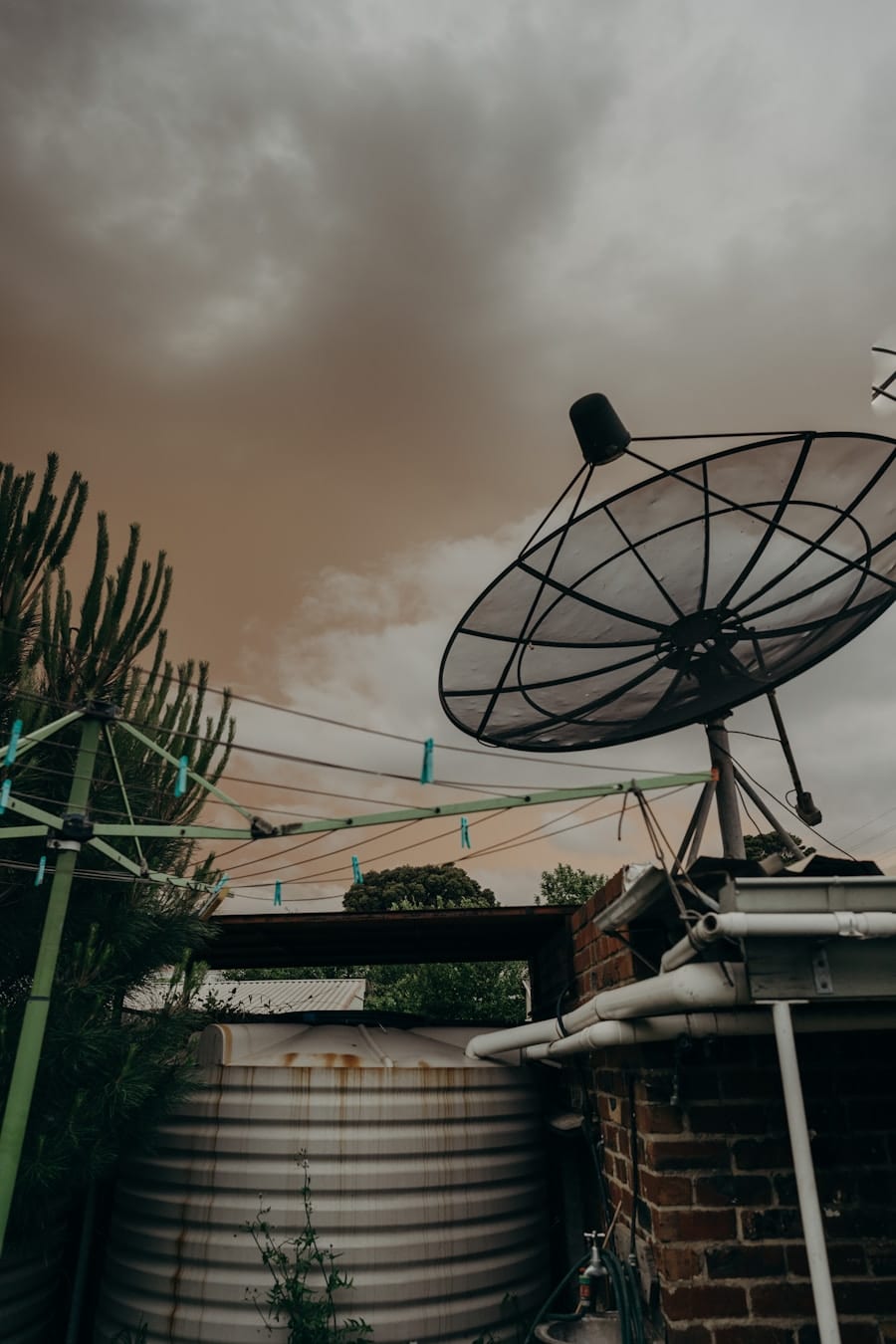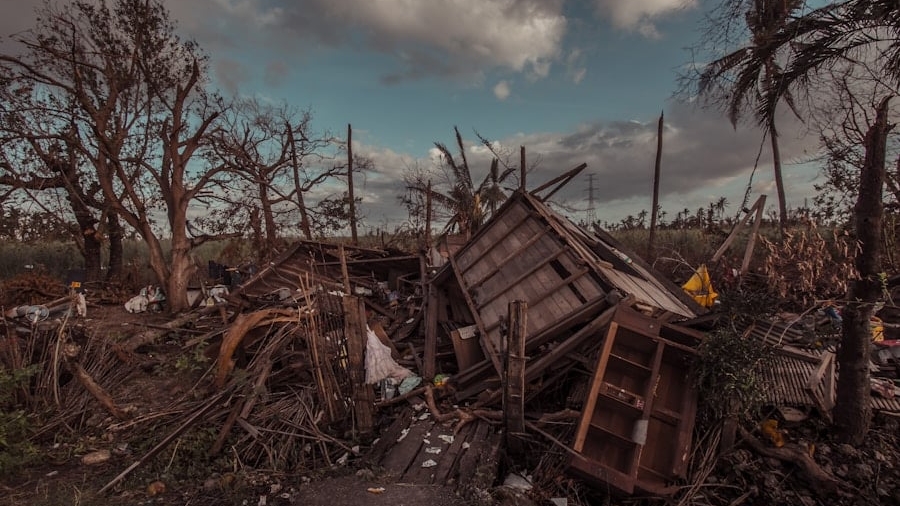The advent of Artificial Intelligence (AI) and the Internet of Things (IoT) has ushered in a new era in disaster prediction systems, fundamentally transforming how we anticipate and respond to natural calamities. These technologies harness vast amounts of data from various sources, enabling more accurate forecasting and timely interventions. The integration of AI and IoT into disaster prediction not only enhances the precision of predictions but also facilitates real-time monitoring and response strategies, which are crucial in mitigating the impacts of disasters such as hurricanes, earthquakes, floods, and wildfires.
Disaster prediction systems have traditionally relied on historical data and statistical models, which often fall short in the face of rapidly changing environmental conditions. However, with the rise of AI algorithms capable of machine learning and pattern recognition, these systems can now analyze complex datasets that include satellite imagery, weather patterns, and seismic activity. Coupled with IoT devices that continuously collect real-time data from the environment, the synergy between AI and IoT creates a robust framework for disaster prediction that is both proactive and reactive.
This article delves into the multifaceted roles of AI and IoT in enhancing satellite-based disaster prediction systems, exploring their advantages, challenges, and future potential.
Key Takeaways
- AI and IoT play a crucial role in revolutionizing disaster prediction systems by enhancing the accuracy and efficiency of satellite-based predictions.
- Artificial intelligence enables the analysis of large volumes of satellite data to identify patterns and predict potential disasters with greater precision.
- IoT devices such as sensors and drones contribute to the collection of real-time data, improving the monitoring and prediction of natural disasters.
- Integrating AI and IoT in disaster prediction systems offers advantages such as early warning, rapid response, and better resource allocation for disaster management.
- Successful case studies demonstrate the effectiveness of AI and IoT in satellite-based disaster prediction, but challenges and limitations still exist in data accuracy and system reliability.
The Role of Artificial Intelligence in Satellite-Based Disaster Prediction
Artificial Intelligence plays a pivotal role in enhancing the capabilities of satellite-based disaster prediction systems. By employing machine learning algorithms, AI can process and analyze vast datasets generated by satellites, which capture critical information about atmospheric conditions, land use, and environmental changes. For instance, AI models can identify patterns in satellite imagery that indicate the likelihood of natural disasters such as floods or wildfires.
These models can be trained on historical data to recognize early warning signs, allowing for timely alerts to be issued to communities at risk. One notable application of AI in this context is its use in predicting hurricanes. Advanced algorithms analyze satellite data to assess storm formation and track their paths with remarkable accuracy.
For example, the National Oceanic and Atmospheric Administration (NOAA) utilizes AI-driven models to improve hurricane forecasting. By integrating AI with traditional meteorological data, NOAA has significantly enhanced its ability to predict hurricane intensity and landfall locations, thereby providing critical information to emergency management agencies and the public.
The Impact of IoT in Enhancing Satellite-Based Disaster Prediction Systems

The Internet of Things complements AI by providing a continuous stream of real-time data from various sensors deployed across different environments. IoT devices, such as weather stations, river gauges, and seismic sensors, collect data that can be transmitted to satellite systems for analysis. This real-time data collection is essential for creating a comprehensive picture of current conditions that can influence disaster events.
For instance, IoT sensors can monitor soil moisture levels, which are crucial for predicting landslides or flooding. Moreover, IoT devices enhance situational awareness during disasters by providing live updates on changing conditions. For example, during a wildfire event, IoT sensors can relay information about temperature changes, humidity levels, and wind speeds directly to satellite systems.
This data can be analyzed using AI algorithms to predict the fire’s spread and inform firefighting efforts. The integration of IoT into satellite-based disaster prediction systems not only improves accuracy but also enables quicker decision-making processes for emergency responders.
Advantages of Integrating AI and IoT in Disaster Prediction Systems
The integration of AI and IoT into disaster prediction systems offers numerous advantages that significantly enhance their effectiveness. One primary benefit is the improved accuracy of predictions. Traditional models often struggle with the complexity of environmental variables; however, AI algorithms can analyze multifaceted datasets to identify subtle patterns that may indicate impending disasters.
This increased accuracy leads to more reliable forecasts, allowing communities to prepare adequately for potential threats. Another significant advantage is the speed at which data can be processed and analyzed. In disaster scenarios where time is of the essence, the combination of AI’s analytical capabilities with IoT’s real-time data collection allows for rapid assessments of evolving situations.
For instance, during a severe storm event, IoT devices can provide immediate updates on rainfall levels and wind speeds, while AI algorithms can quickly analyze this data to predict flooding or other hazards. This rapid response capability is crucial for minimizing loss of life and property damage.
Case Studies of Successful Implementation of AI and IoT in Satellite-Based Disaster Prediction
Several case studies illustrate the successful implementation of AI and IoT in satellite-based disaster prediction systems across various regions. One prominent example is the use of these technologies in predicting flooding events in Bangladesh. The country has long been vulnerable to monsoon-related flooding due to its geographical location.
By integrating satellite imagery with IoT sensors placed along rivers and flood-prone areas, researchers developed an advanced flood prediction system that utilizes AI algorithms to analyze real-time data. This system has significantly improved the accuracy of flood forecasts, enabling timely evacuations and resource allocation. Another compelling case study is found in California’s wildfire management efforts.
The state has faced increasingly severe wildfire seasons exacerbated by climate change. To combat this issue, agencies have deployed a network of IoT sensors that monitor environmental conditions such as temperature, humidity, and wind patterns. These sensors feed data into satellite systems that employ AI algorithms to predict fire behavior and spread.
As a result, firefighting teams receive timely alerts about potential fire outbreaks and can mobilize resources more effectively.
Challenges and Limitations of AI and IoT in Disaster Prediction Systems

Despite the promising advancements brought about by AI and IoT in disaster prediction systems, several challenges and limitations persist. One significant challenge is the issue of data quality and reliability. The effectiveness of AI algorithms heavily relies on the quality of input data; if the data collected by IoT devices is inaccurate or incomplete, it can lead to erroneous predictions.
For instance, sensor malfunctions or environmental interferences can compromise data integrity, resulting in misleading forecasts that could endanger lives. Another limitation lies in the interoperability of different systems and technologies. Many disaster prediction systems utilize various platforms and protocols for data collection and analysis.
Furthermore, integrating diverse datasets from multiple sources poses challenges in terms of data compatibility and analysis methodologies.
Future Developments and Innovations in AI and IoT for Disaster Prediction
Looking ahead, the future developments in AI and IoT for disaster prediction systems hold great promise for enhancing their capabilities further. One area ripe for innovation is the advancement of predictive analytics through deep learning techniques. As machine learning models become more sophisticated, they will be able to analyze even larger datasets with greater accuracy.
This could lead to more precise predictions regarding not only when disasters will occur but also their potential impacts on specific communities. Additionally, advancements in edge computing could revolutionize how IoT devices operate within disaster prediction frameworks. By processing data closer to where it is collected rather than relying solely on centralized cloud systems, edge computing can reduce latency and improve response times during critical situations.
This technology could enable real-time decision-making based on immediate environmental conditions, further enhancing the effectiveness of disaster response efforts.
The Potential of AI and IoT in Revolutionizing Satellite-Based Disaster Prediction Systems
The integration of Artificial Intelligence and the Internet of Things into satellite-based disaster prediction systems represents a transformative shift in how we approach disaster management. By leveraging advanced analytics and real-time data collection, these technologies enhance our ability to predict natural disasters with unprecedented accuracy and speed. While challenges remain regarding data quality and system interoperability, ongoing innovations promise to address these issues effectively.
As we continue to explore the potential of AI and IoT in this domain, it becomes increasingly clear that these technologies will play a crucial role in shaping our responses to natural disasters in the future. The ability to anticipate disasters more accurately not only saves lives but also empowers communities to build resilience against future threats.
A related article discussing the advancements in AI technology can be found in this article about Tesla refuting Elon Musk’s timeline on full self-driving. The article highlights the challenges and progress in developing autonomous driving systems, showcasing the potential of AI in revolutionizing transportation. Just like how AI and IoT are improving satellite-based disaster prediction systems, AI is also playing a crucial role in shaping the future of autonomous vehicles.
FAQs
What is AI and IoT?
AI, or artificial intelligence, refers to the simulation of human intelligence processes by machines, particularly computer systems. IoT, or the Internet of Things, refers to the network of physical devices, vehicles, and other items embedded with electronics, software, sensors, and network connectivity that enable them to collect and exchange data.
How are AI and IoT being used in satellite-based disaster prediction systems?
AI and IoT are being used to improve satellite-based disaster prediction systems by enabling the collection and analysis of large amounts of data from various sources, including satellite imagery, weather patterns, and environmental sensors. This data is then processed using AI algorithms to identify potential disaster risks and predict their likelihood and impact.
What are the benefits of using AI and IoT in satellite-based disaster prediction systems?
The use of AI and IoT in satellite-based disaster prediction systems allows for more accurate and timely predictions of natural disasters, such as hurricanes, floods, and wildfires. This can help authorities and emergency responders better prepare for and respond to disasters, potentially saving lives and reducing the impact on communities.
Are there any challenges or limitations to using AI and IoT in satellite-based disaster prediction systems?
Some challenges and limitations of using AI and IoT in satellite-based disaster prediction systems include the need for reliable and high-quality data, as well as the potential for biases in AI algorithms. Additionally, there may be concerns about privacy and data security when collecting and analyzing large amounts of data from IoT devices.

